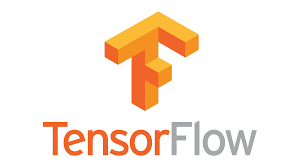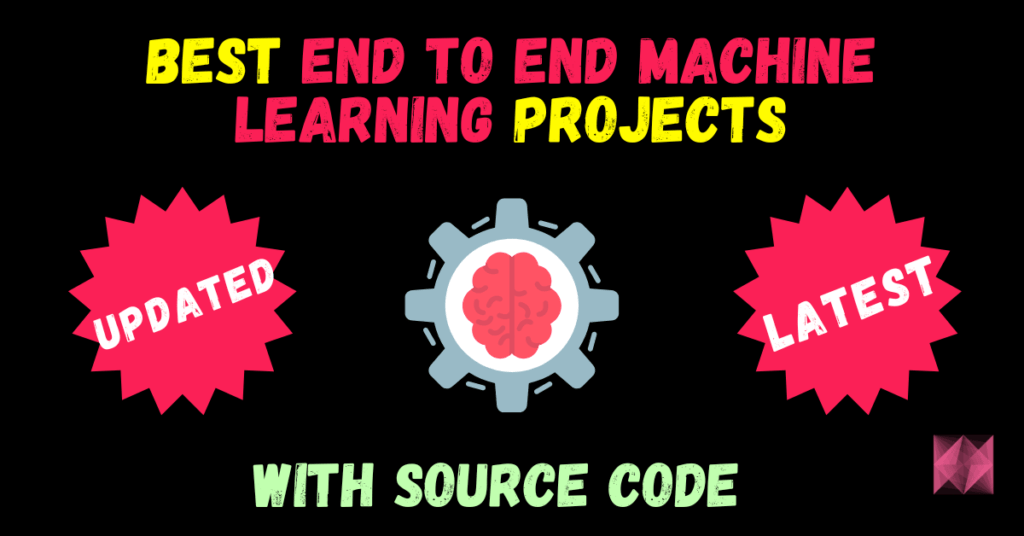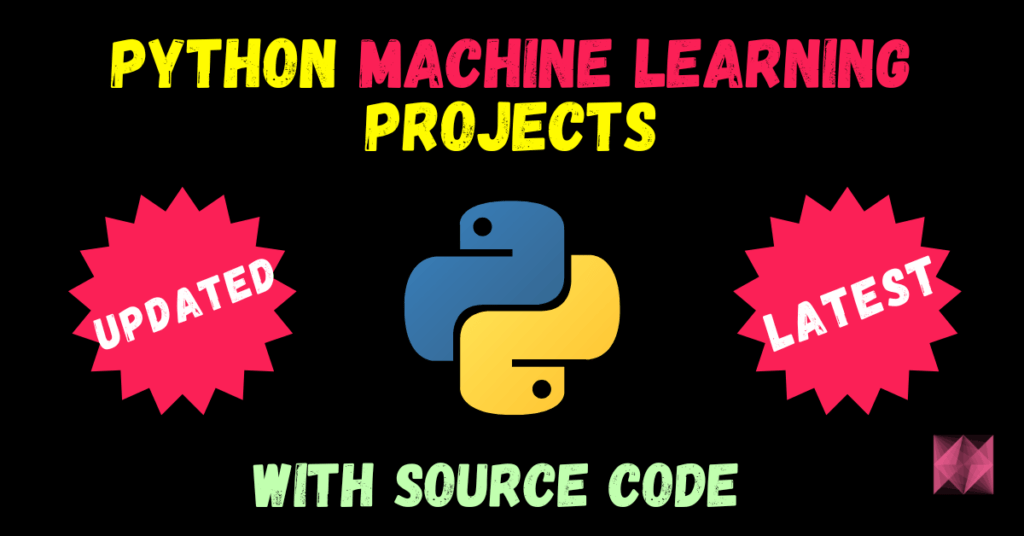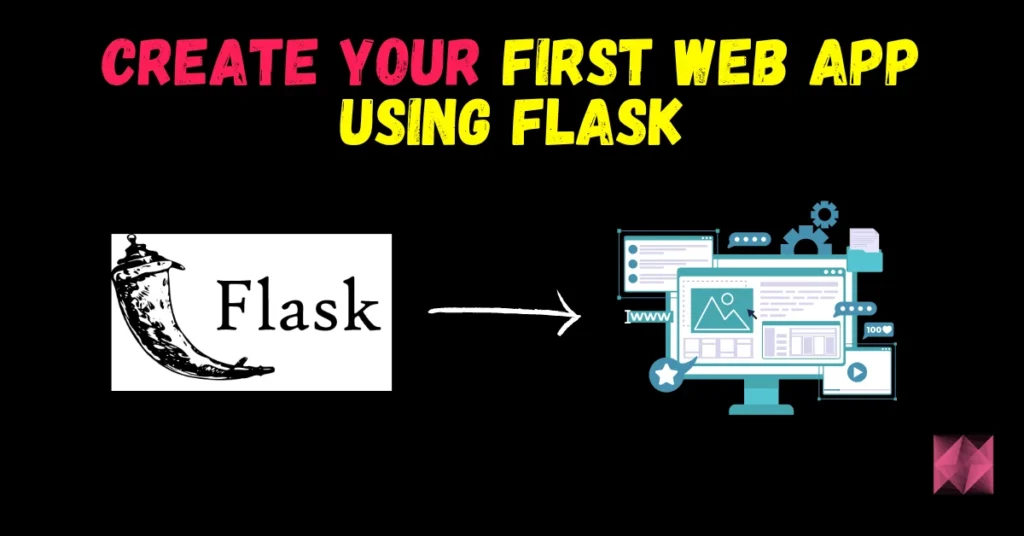The very first step in every Data Scientist’s journey is of course learning about Python and its libraries. It proves to be the base of the Data Science building that you start building through your journey. Although we can do these things in Java and other languages also.
But what makes Python so special for data scientists?
In Python, we are provided with thousands of libraries, each available for different purposes. Like we have Numpy and Scipy for Advanced and Simple Math, we have matplotlib and Plotly for data visualizations, we have Beautiful Soup for Web Scraping, and many more. This list is endless.
So this is the main motive of today’s blog. We are going to see the Top 11 Libraries for Data Science today:
1. Numpy

NumPy is the fundamental package for scientific computing in Python. It is a Python library that provides a multidimensional array object, various derived objects (such as masked arrays and matrices), and an assortment of routines for fast operations on arrays, including mathematical, logical, shape manipulation, sorting, selecting, I/O, discrete Fourier transforms basic linear algebra, basic statistical operations, random simulation and much more. It is one of the most important libraries for Data Science.
At the core of the NumPy package, is the ndarray object. This encapsulates n-dimensional arrays of homogeneous data types, with many operations being performed in compiled code for performance. There are several important differences between NumPy arrays and the standard Python sequences:
- NumPy arrays have a fixed size at creation, unlike Python lists (which can grow dynamically). Changing the size of an ndarray will create a new array and delete the original.
- The elements in a NumPy array are all required to be of the same data type, and thus will be the same size in memory. The exception: one can have arrays of (Python, including NumPy) objects, thereby allowing for arrays of different sized elements.
- NumPy arrays facilitate advanced mathematical and other types of operations on large numbers of data. Typically, such operations are executed more efficiently and with less code than is possible using Python’s built-in sequences.
- A growing plethora of scientific and mathematical Python-based packages are using NumPy arrays; though these typically support Python-sequence input, they convert such input to NumPy arrays prior to processing, and they often output NumPy arrays. In other words, in order to efficiently use much (perhaps even most) of today’s scientific/mathematical Python-based software, just knowing how to use Python’s built-in sequence types is insufficient – one also needs to know how to use NumPy arrays.
2. SciPy

SciPy is a collection of mathematical algorithms and convenience functions built on the NumPy extension of Python. It adds significant power to the interactive Python session by providing the user with high-level commands and classes for manipulating and visualizing data. With SciPy, an interactive Python session becomes a data-processing and system-prototyping environment rivaling systems, such as MATLAB, IDL, Octave, R-Lab, and SciLab.
The additional benefit of basing SciPy on Python is that this also makes a powerful programming language available for use in developing sophisticated programs and specialized applications. Scientific applications using SciPy benefit from the development of additional modules in numerous niches of the software landscape by developers across the world. Everything from parallel programming to web and database subroutines and classes has been made available to the Python programmer. All of this power is available in addition to the mathematical libraries in SciPy. It is one of the most important libraries for Data Science.
3. Pandas

pandas is a Python package providing fast, flexible, and expressive data structures designed to make working with “relational” or “labeled” data both easy and intuitive. It aims to be the fundamental high-level building block for doing practical, real-world data analysis in Python. Additionally, it has the broader goal of becoming the most powerful and flexible open-source data analysis/manipulation tool available in any language. It is already well on its way toward this goal. It is one of the most important libraries for Data Science.
pandas is well suited for many different kinds of data:
- Tabular data with heterogeneously-typed columns, as in an SQL table or Excel spreadsheet
- Ordered and unordered (not necessarily fixed-frequency) time series data.
- Arbitrary matrix data (homogeneously typed or heterogeneous) with row and column labels
- Any other form of observational / statistical data sets. The data need not be labeled at all to be placed into a pandas data structure
The two primary data structures of pandas, Series (1-dimensional) and DataFrame (2-dimensional), handle the vast majority of typical use cases in finance, statistics, social science, and many areas of engineering. For R users, DataFrame provides everything that R’s data.frame provides and much more. pandas are built on top of NumPy and are intended to integrate well within a scientific computing environment with many other 3rd party libraries.
4. Matplotlib

Matplotlib is a plotting library for the Python programming language and its numerical mathematics extension NumPy. It provides an object-oriented API for embedding plots into applications using general-purpose GUI toolkits like Tkinter, wxPython, Qt, or GTK. There is also a procedural “pylab” interface based on a state machine (like OpenGL), designed to closely resemble that of MATLAB, though its use is discouraged. SciPy makes use of Matplotlib.

Read more about Matplotlib here…
5. Plotly

Plotly’s Python graphing library makes interactive, publication-quality graphs. Examples of how to make line plots, scatter plots, area charts, bar charts, error bars, box plots, histograms, heatmaps, subplots, multiple-axes, polar charts, and bubble charts. It is one of the most important libraries for Data Science.
6. Seaborn
Seaborn is a library for making statistical graphics in Python. It builds on top of matplotlib and integrates closely with pandas data structures.
Seaborn helps you explore and understand your data. Its plotting functions operate on dataframes and arrays containing whole datasets and internally perform the necessary semantic mapping and statistical aggregation to produce informative plots. Its dataset-oriented, declarative API lets you focus on what the different elements of your plots mean, rather than on the details of how to draw them.
7. Scikit learn

Scikit-learn (formerly scikits.learn and also known as sklearn) is a free software machine learning library for the Python programming language. It features various classification, regression and clustering algorithms including support vector machines, random forests, gradient boosting, k-means, and DBSCAN, and is designed to interoperate with the Python numerical and scientific libraries NumPy and SciPy. It is one of the most important libraries for Data Science.
Scikit-learn is largely written in Python and uses NumPy extensively for high-performance linear algebra and array operations. Furthermore, some core algorithms are written in Cython to improve performance.
8. Tensorflow

TensorFlow is a free and open-source software library for machine learning and artificial intelligence. It can be used across a range of tasks but has a particular focus on the training and inference of deep neural networks. Tensorflow is a symbolic math library based on dataflow and differentiable programming. It is used for both research and production at Google.
TensorFlow was developed by the Google Brain team for internal Google use. It was released under the Apache License 2.0 in 2015.
9. Keras

Keras is an open-source software library that provides a Python interface for artificial neural networks. Keras acts as an interface for the TensorFlow library.
Up until version 2.3, Keras supported multiple backends, including TensorFlow, Microsoft Cognitive Toolkit, Theano, and PlaidML. As of version 2.4, only TensorFlow is supported. Designed to enable fast experimentation with deep neural networks, it focuses on being user-friendly, modular, and extensible. It was developed as part of the research effort of project ONEIROS (Open-ended Neuro-Electronic Intelligent Robot Operating System), and its primary author and maintainer is François Chollet, a Google engineer. Chollet is also the author of the XCeption deep neural network model. It is one of the most important libraries for Data Science.
10. Pytorch

PyTorch is an open-source machine learning library based on the Torch library, used for applications such as computer vision and natural language processing, primarily developed by Facebook‘s AI Research lab (FAIR). It is free and open-source software released under the Modified BSD license. Although the Python interface is more polished and the primary focus of development, PyTorch also has a C++ interface. A number of pieces of deep learning software are built on top of PyTorch, including Tesla Autopilot, Uber‘s Pyro, HuggingFace’s Transformers, PyTorch Lightning, and Catalyst.
PyTorch provides two high-level features:
- Tensor computing (like NumPy) with strong acceleration via graphics processing units (GPU)
- Deep neural networks built on a type-based automatic differentiation system
11. BeautifulSoup

Beautiful Soup is a Python library for pulling data out of HTML and XML files. It works with your favorite parser to provide idiomatic ways of navigating, searching, and modifying the parse tree. It commonly saves programmers hours or days of work.
These instructions illustrate all major features of Beautiful Soup 4, with examples. I show you what the library is good for, how it works, how to use it, how to make it do what you want, and what to do when it violates your expectations. It is one of the most important libraries for Data Science.
Read more about BeautifulSoup…
Do let me know if there’s any query regarding libraries for Data Science by contacting me on email or LinkedIn.
So this is all for this blog folks, thanks for reading it and I hope you are taking something with you after reading this and till the next time …
Bonus: Python Cheatsheet…





![[Latest] 15+ Best Python Mini Projects – 2025](https://machinelearningprojects.net/wp-content/uploads/2023/05/best-python-mini-projects-1024x536.webp)

hello sir you will be great because it will provide a lot of information about machine and deep learning projects .
Thanks 🙂